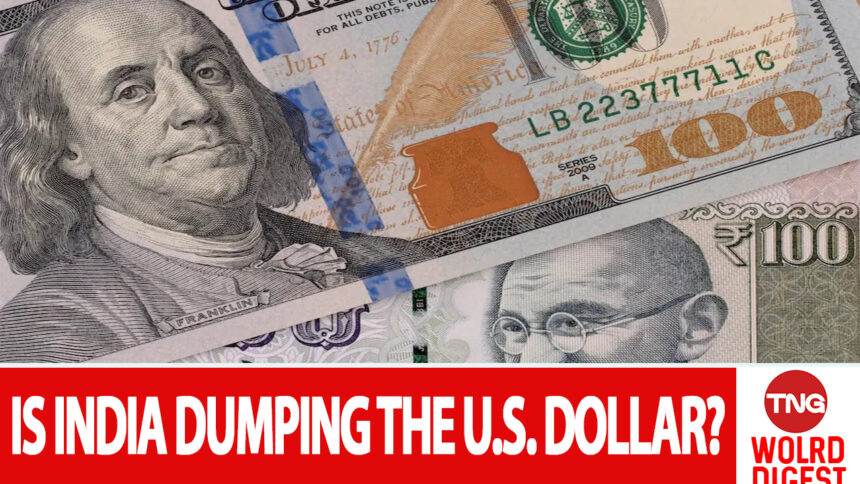India has been taking steps to reduce its reliance on the U.S. dollar, a trend known as de-dollarization. On January 1, 2025, the Indian rupee reached an all-time low of 85.96 against the U.S. dollar, prompting the Reserve Bank of India (RBI) to direct state-run banks to offload millions of dollars to protect the rupee. This action is part of a broader strategy to stabilize the rupee and limit its depreciation against the U.S. dollar.
The RBI’s intervention to protect the rupee is not a new occurrence. In the past, India has been accused of selling U.S. dollars to safeguard its currency. For instance, on December 12, 2023, the USD/INR trade reached an all-time high of 83.40, leading the RBI to dump U.S. dollars in the currency markets to curb further losses in the rupee. The RBI’s actions help maintain a steady pace for the rupee and prevent it from falling against the strong U.S. dollar.
Additionally, India has been exploring ways to increase trade using its own currency. On August 14, 2023, India and the United Arab Emirates (UAE) began trade using their respective local currencies. This move aligns with India’s broader efforts to internationalize the rupee and reduce reliance on the U.S. dollar in global trade.
These actions reflect a global trend of de-dollarization, with countries seeking to reduce their dependence on the U.S. dollar as a reserve currency and medium of exchange. However, despite these efforts, approximately 60% of the world’s foreign exchange reserves remain in U.S. dollars, indicating that the dollar still influences the global financial system.















